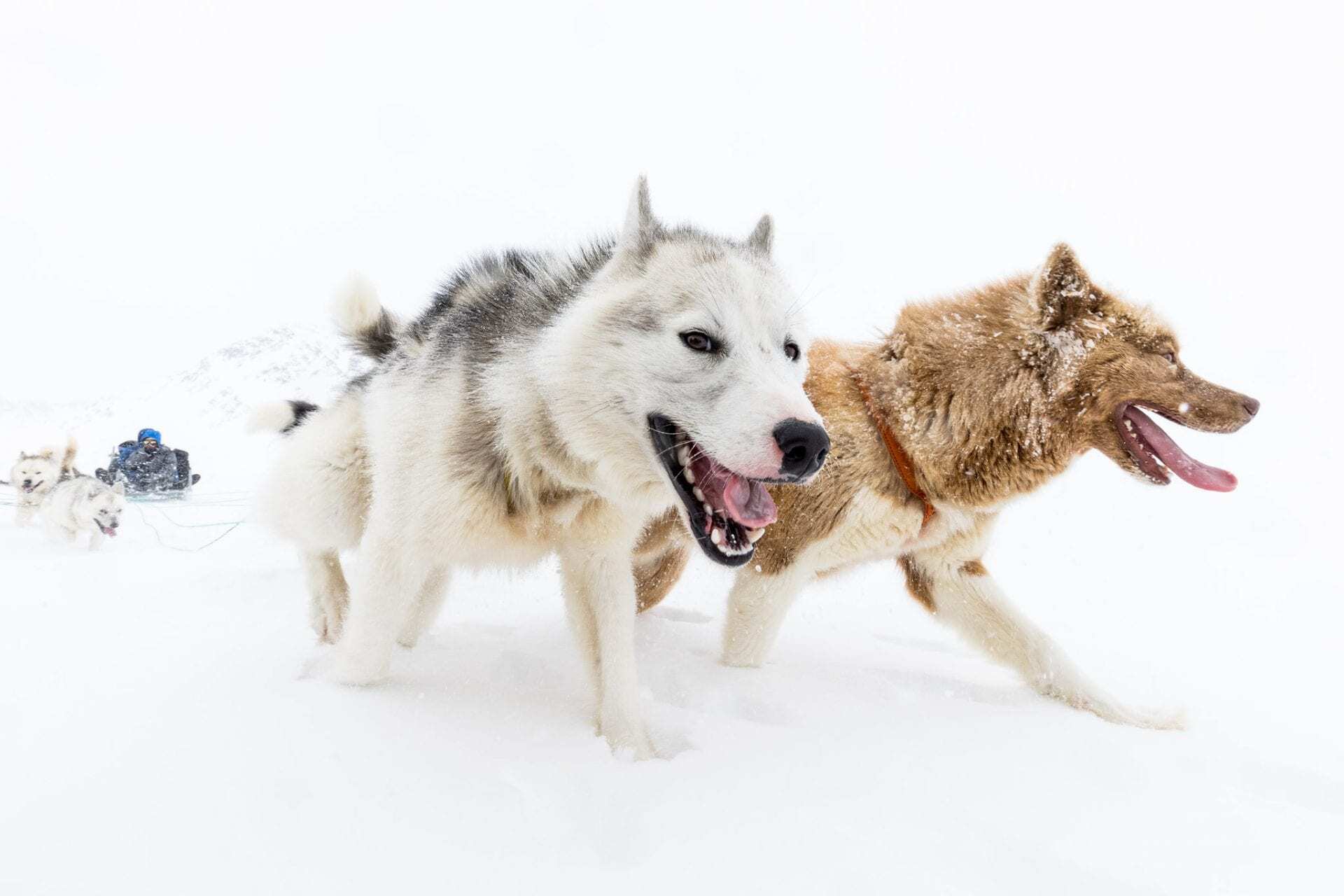A new study on the origins of the sledge dog by the University of Copenhagen suggests they adapted to the Artic much earlier than previously thought.
The study has extracted DNA from a 9,500-year-old dog from the Siberian island of Zhokhov. Based on that DNA they sequenced the oldest complete dog genome to date, and the results show an extremely early diversification of dogs into types of sledge dogs.
Until now, it has been the common belief that the 9,500-year-old Siberian dog, Zhokhov, was a kind of ancient dog – one of the earliest domesticated dogs and a version of the common origin of all dogs. But according to the new study, modern sledge dogs such as the Siberian Husky, the Alaskan Malamute and the Greenland sledge dog share the major part of their genome with Zhokhov.
‘This means that modern sledge dogs and Zhokhov had the same common origin in Siberia more than 9,500 years ago. Until now, we have thought that sledge dogs were only 2-3,000 years old’, says the other first author, Associate Professor Shyam Gopalakrishnan, Globe Institute.
The Original Sledge Dog
To learn more about the origins of the sledge dog, researchers have further sequenced genomes of a 33,000-year-old Siberian wolf and ten modern Greenlandic sledge dogs. They have compared these genomes to genomes of dogs and wolves from around the world.
‘We can see that the modern sledge dogs have most of their genomes in common with Zhokhov. So, they are more closely related to this ancient dog than to other dogs and wolves. But not just that – we can see traces of crossbreeding with wolves such as the 33,000-year-old Siberian wolf – but not with modern wolves. It further emphasises that the origin of the modern sledge dog goes back much further than we had thought’, says Mikkel Sinding.
The modern sledge dogs have more genetic overlap with other modern dog breeds than Zhokhov has, but the studies do not show us where or when this occurred. Nevertheless, among modern sledge dogs, the Greenland sledge dogs stands out and has the least overlap with other dogs, meaning that the Greenland sledge dog is probably the most original sledge dog in the world.
Common Features with Inuit and Polar Bears
In addition to advancing the common understanding of the origin of sledge dogs, the new study also teaches the researchers more about the differences between sledge dogs and other dogs. Sledge dogs do not have the same genetic adaptations to a sugar and starch rich diet that other dogs have. On the other hand, they have adaptations to high-fat diets, with mechanisms that are similar to those described for polar bears and Arctic people.
‘This emphasises that sledge dogs and Arctic people have worked and adapted together for more than 9,500 years. We can also see that they have adaptations that are probably linked to improved oxygen uptake, which makes sense in relation to sledding and give the sledding tradition ancient roots’, says Shyam Gopalakrishnan.
UNIVERSITY OF COPENHAGEN
Header Image Credit : Markus Trienke





